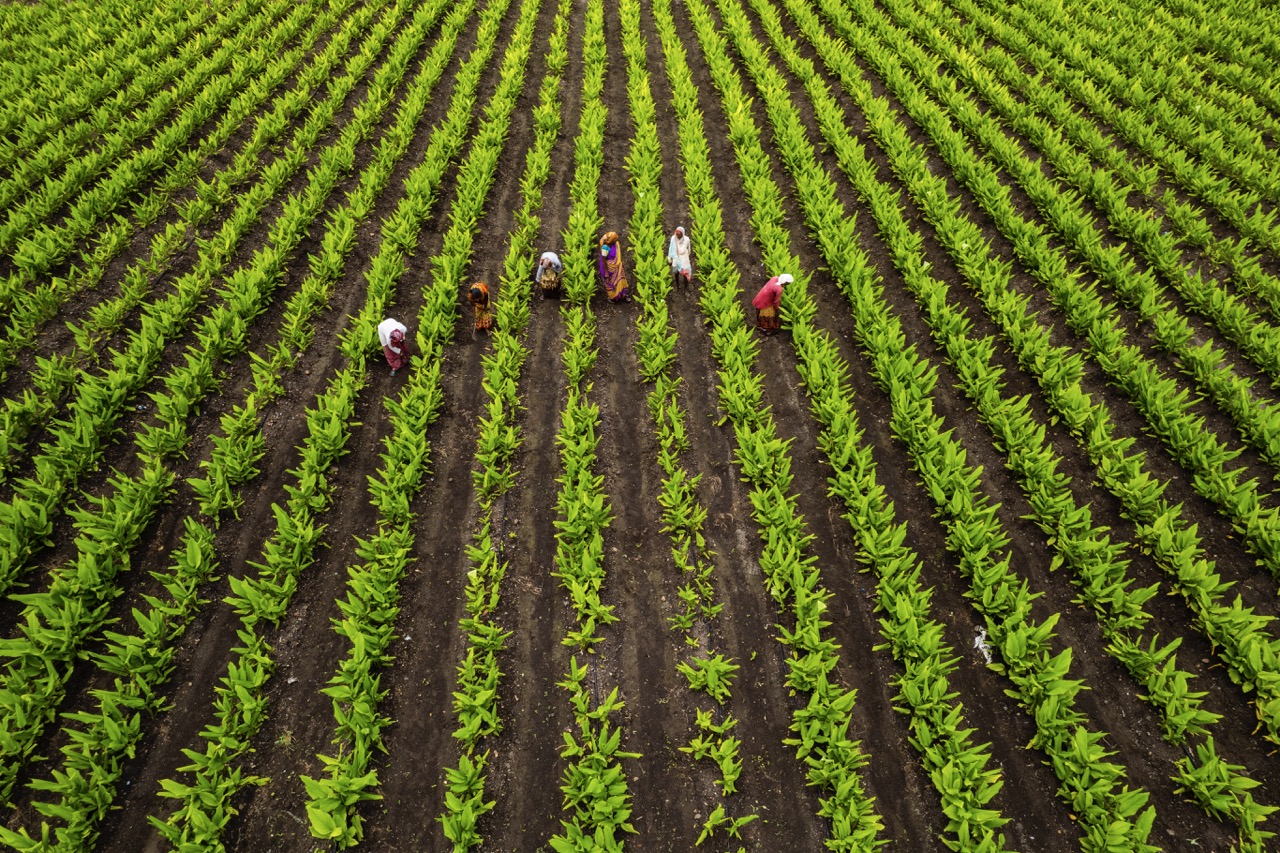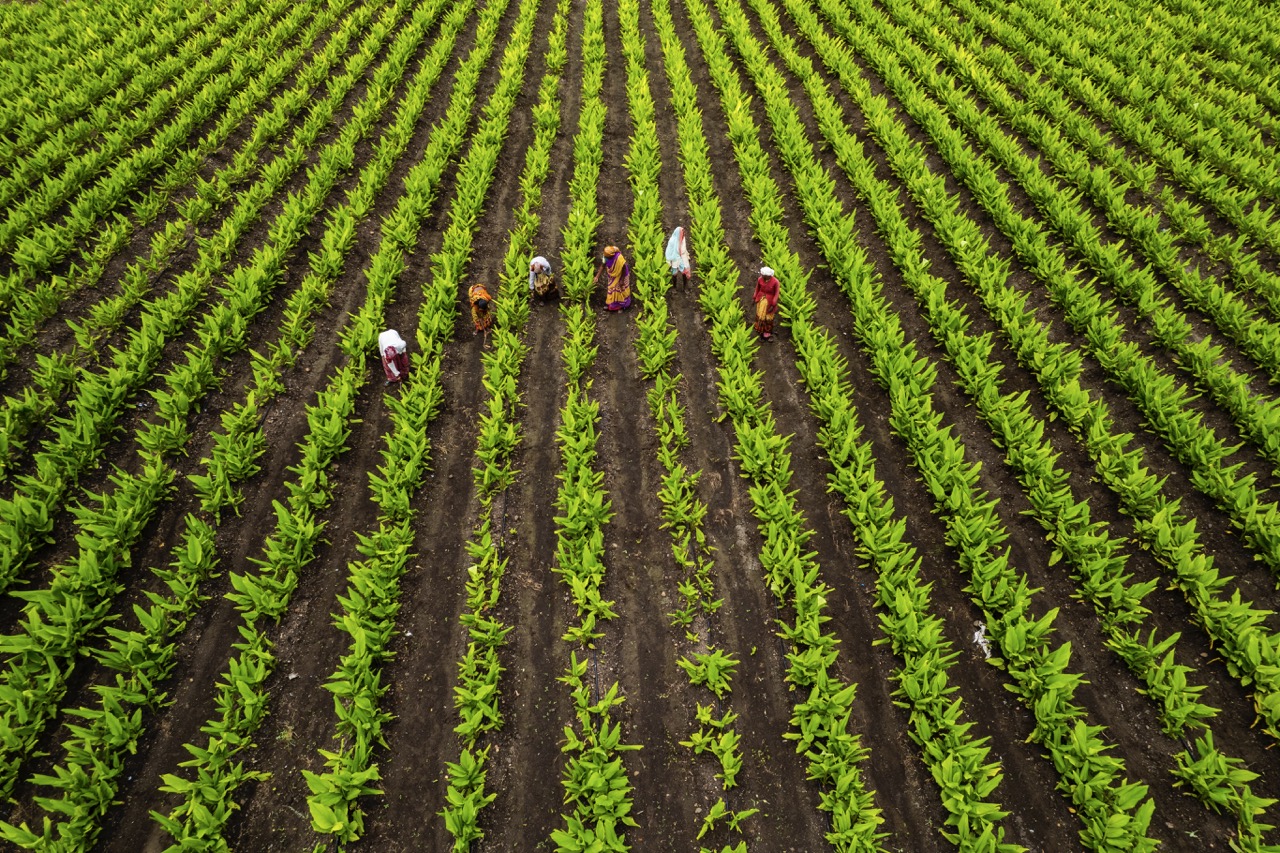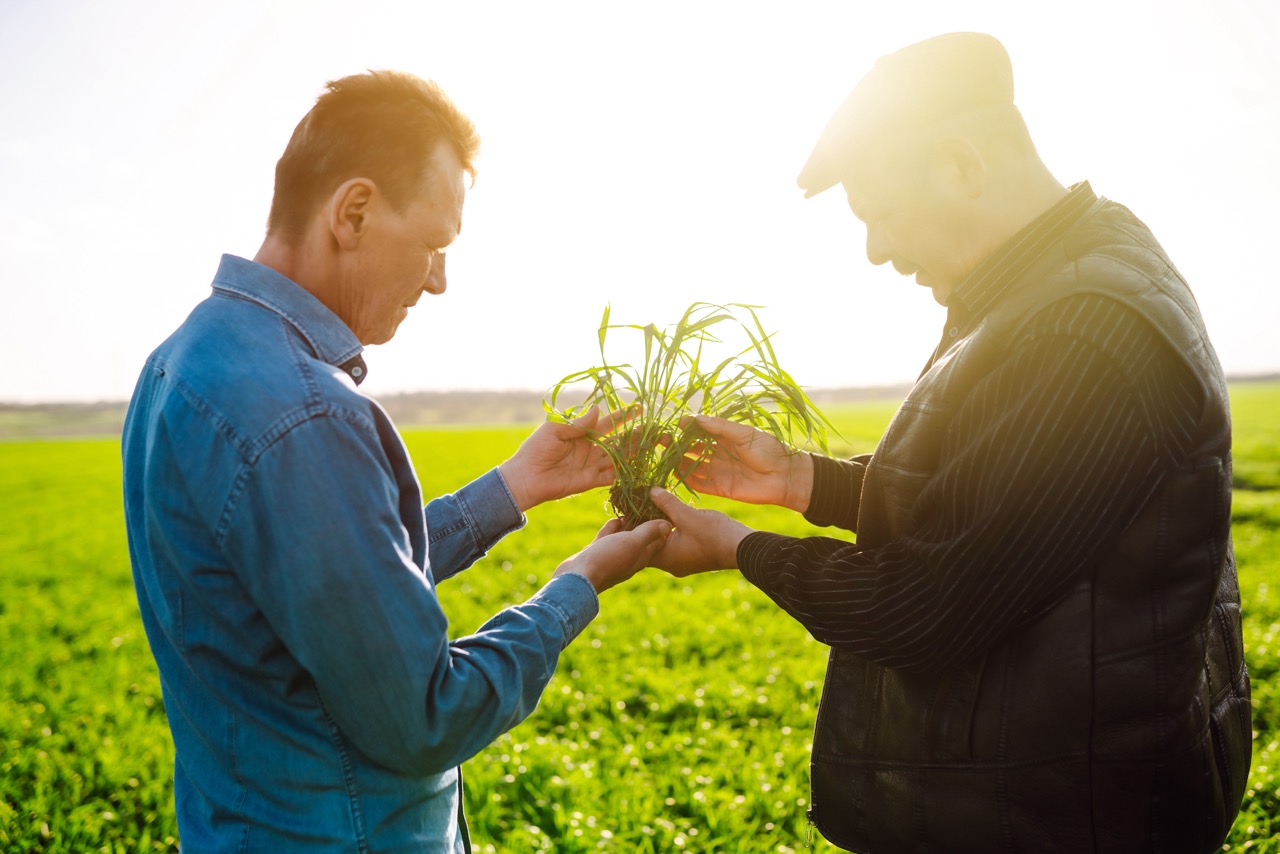The practice of sharecropping has long been a vital component of agricultural economies, especially in regions where resources are scarce. This partnership between landowners and sharecroppers can be fraught with tensions, yet it also harbors the potential for robust collaboration that can yield mutual benefits. Understanding the intricate dynamics of these relationships and exploring effective strategies for cooperation are crucial to building stronger partnerships. This article discusses the nuances of sharecropping relationships, strategic approaches to foster collaboration, the legal frameworks that support these partnerships, and highlights success stories that exemplify effective models.
Understanding the Dynamics of Sharecropping Relationships
Sharecropping relationships are inherently complex, involving a blend of economic necessity and social dynamics. At its core, this system allows landowners to maintain agricultural production on their properties without the financial burden of hiring laborers. Meanwhile, sharecroppers gain access to land and resources, which they might not otherwise afford. However, these arrangements can lead to power imbalances, as landowners may exert control over crop decisions, pricing, and profit distribution, often to the detriment of sharecroppers.
Furthermore, historical factors play a significant role in shaping contemporary sharecropping dynamics. In many regions, sharecropping emerged from the socio-economic upheavals following significant historical events, such as the Civil War in the United States. The legacy of these events continues to influence relationships today, contributing to systemic inequalities that can complicate interactions between landowners and sharecroppers. Understanding these historical contexts is essential for fostering equitable partnerships.
Finally, the adaptation to modern agricultural practices and market conditions adds another layer of complexity to sharecropping relationships. As technology transforms farming methods, both landowners and sharecroppers must navigate these changes together. This evolution requires clear communication and a shared vision for the future of the partnership, emphasizing the need for ongoing dialogue and mutual understanding.
Key Strategies for Fostering Trust and Collaboration
Building trust is fundamental to effective partnerships between sharecroppers and landowners. Establishing transparent communication channels is a significant first step; landowners and sharecroppers should engage in regular discussions about expectations, crop management, and financial arrangements. Setting clear terms from the outset helps to mitigate misunderstandings and fosters an environment where both parties feel valued and respected.
Another effective strategy is to encourage joint decision-making regarding agricultural practices and resource management. By involving sharecroppers in decisions that directly affect their livelihoods, landowners can empower them and strengthen their commitment to the partnership. This collaborative approach not only enhances productivity but also creates a sense of ownership among sharecroppers, leading to improved outcomes for both parties.
Lastly, investing in education and skill development for sharecroppers can significantly enhance the partnership. Providing training programs on sustainable farming practices, financial management, and market trends equips sharecroppers with the tools they need to succeed. This investment not only benefits the sharecroppers but also ultimately enhances the productivity and sustainability of the land, creating a win-win scenario.
Legal Frameworks Supporting Partnership Development
Legal frameworks play a crucial role in establishing and maintaining equitable sharecropping partnerships. Laws governing land use, tenant rights, and agricultural contracts must be designed to protect the interests of both parties. In many regions, legal reforms have been introduced to provide more robust protections for sharecroppers, ensuring they have recourse in cases of exploitation or unfair practices.
Moreover, establishing written agreements that outline the terms of the sharecropping arrangement is essential to safeguarding both parties’ rights. These contracts should detail aspects such as profit-sharing, responsibilities for crop maintenance, and dispute resolution procedures. Legal documentation not only clarifies expectations but also provides a framework for resolving conflicts should they arise.
In addition, government and non-governmental organizations can play a pivotal role in supporting the development of partnerships by providing resources, guidance, and advocacy. By promoting policies that facilitate fair labor practices and land access for sharecroppers, these entities can help create an environment conducive to healthy partnerships between landowners and sharecroppers.
Success Stories: Effective Sharecropper-Landowner Models
Numerous success stories illustrate the potential for strong partnerships between sharecroppers and landowners. One exemplary model is found in Tennessee, where a cooperative of sharecroppers and landowners collaborates to share resources and knowledge. By implementing sustainable agricultural practices and collective marketing strategies, both parties have seen increased productivity and profitability. This model emphasizes the power of collective action and mutual support.
Another notable success story comes from the southern regions of the United States, where landowners and sharecroppers have formed informal networks that focus on building relationships grounded in trust and transparency. These networks facilitate open communication, allowing for shared learning and innovation. As a result, participants have experienced improved crop yields and a more stable income, demonstrating the long-term benefits of strong partnerships.
Internationally, in countries like India, innovative land lease agreements have emerged, allowing sharecroppers to cultivate land with greater security. These agreements provide sharecroppers with more autonomy over their farming practices and ensure fair compensation for their labor. As a result, these partnerships not only boost agricultural output but also empower rural communities, showcasing how effective collaboration can transform lives.
Building strong partnerships between sharecroppers and landowners is essential for fostering a sustainable agricultural future. By understanding the dynamics at play, utilizing key strategies for collaboration, navigating legal frameworks, and learning from successful models, both parties can create a more equitable and productive relationship. As the agricultural landscape continues to evolve, these partnerships will be pivotal in ensuring that the benefits of farming are shared more equitably, enhancing food security and supporting rural economies for generations to come.










